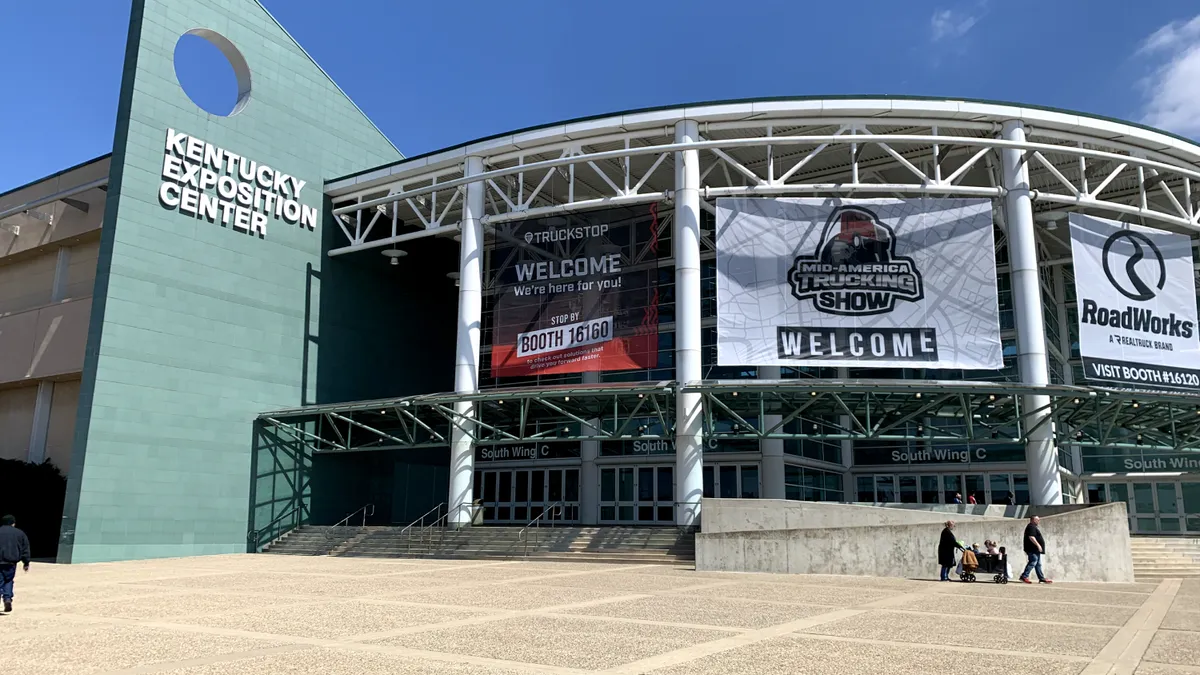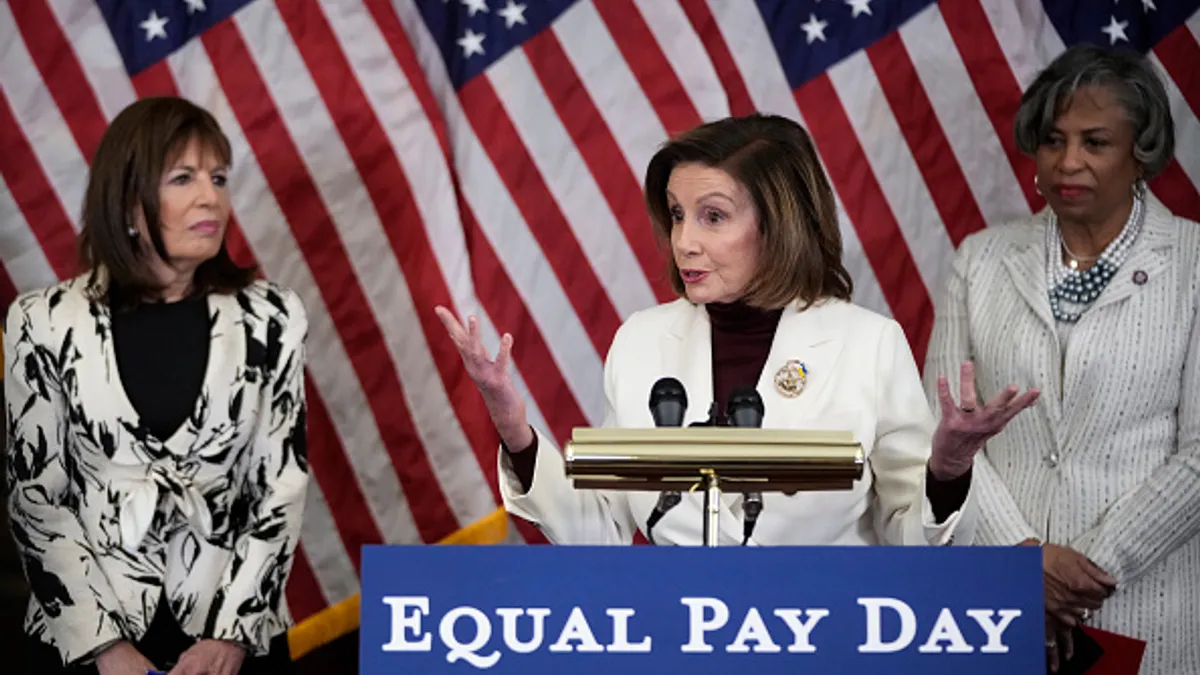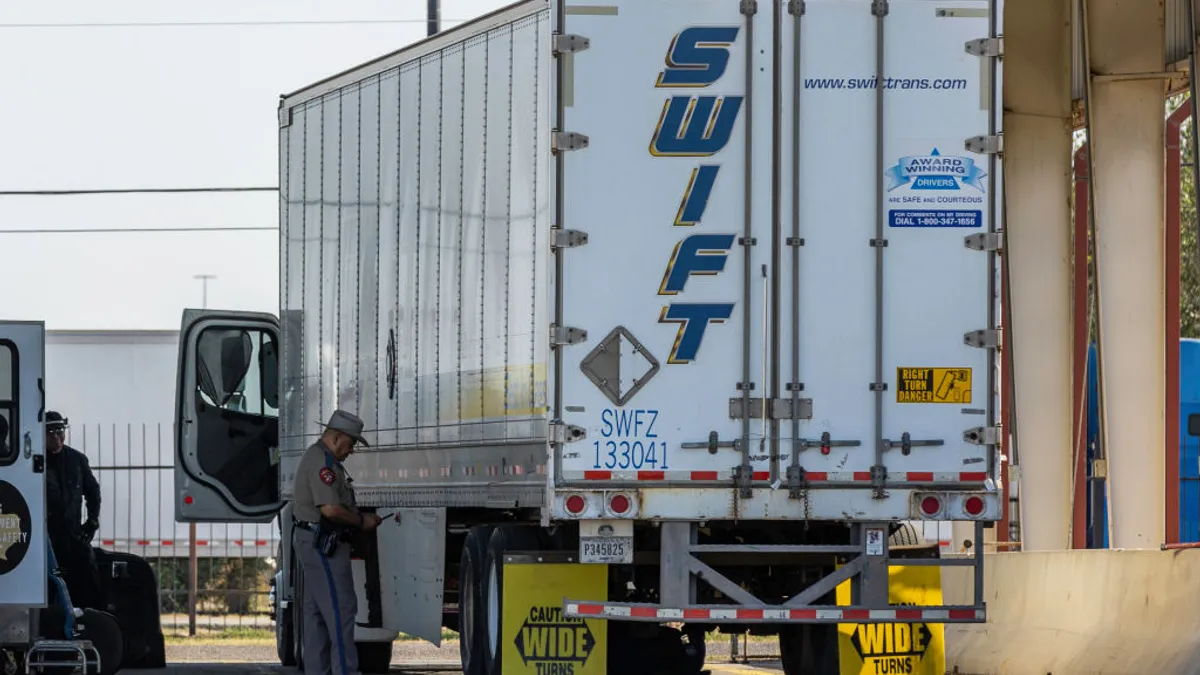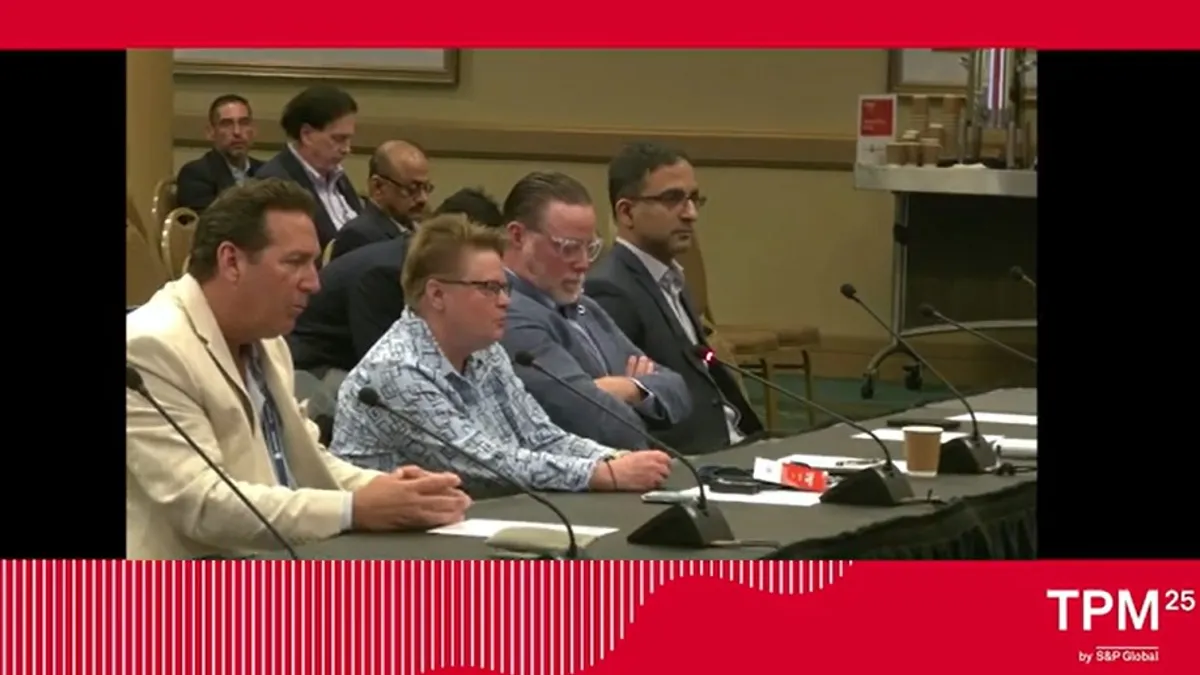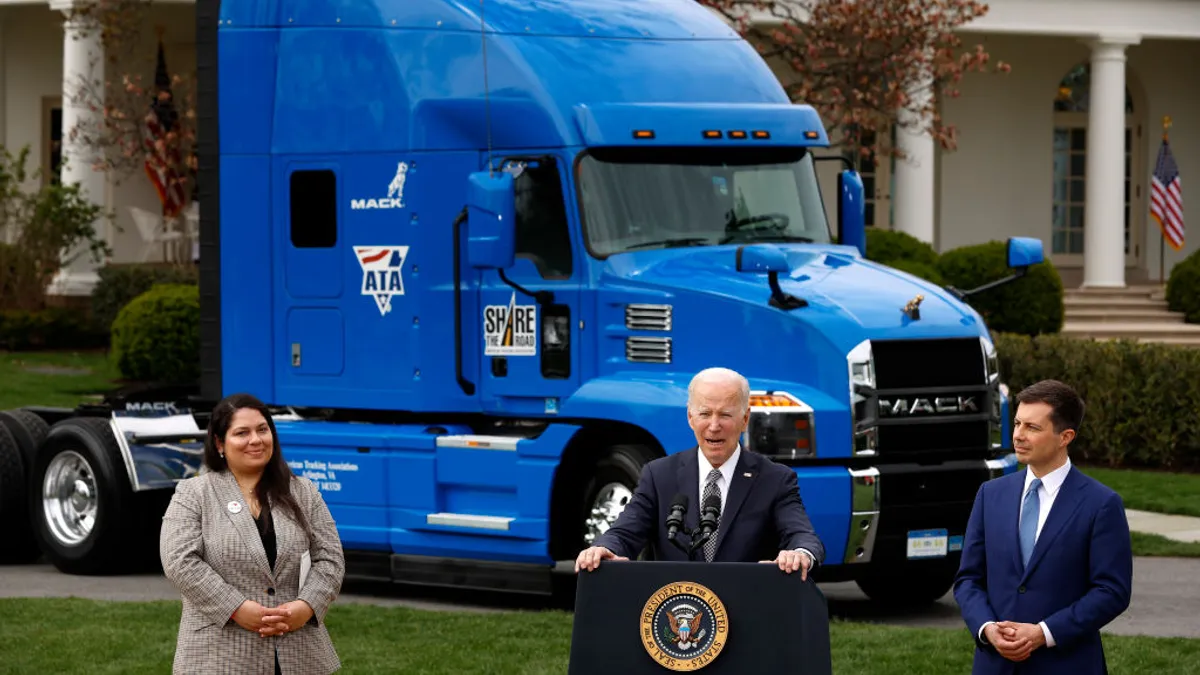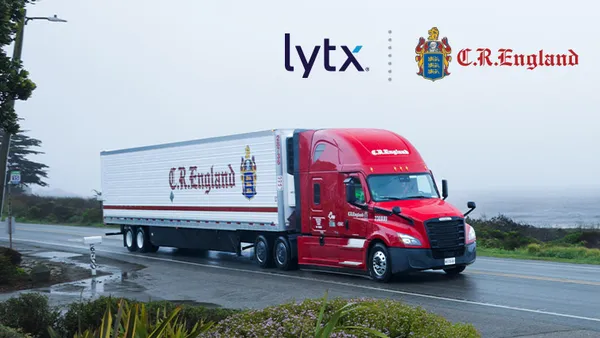Driver pay is perhaps the top concern of truckers. But given the industry's often complicated way to dispense pay, carriers have to deal with much frustration and confusion.
On Tuesday, a group of three business officials spoke about trucker pay and carrier culture, and WorkHound CEO Max Farrell put it to the two trucking officials present: What is making driver pay so confusing?
Phil Wilt, president and COO of American Central Transport, had a simple answer:
"We do," said Wilt. "We as carriers do that. We complicate things."
Wilt said American Central Transport once came out with an award-winning payment program for drivers, which he said nowadays would not fly because it was based on overall performance. Wilt said the company still values performance but now stresses simplicity in pay. And it wants to avoid drivers feeling they are the victims of many promises, or "smoke and mirrors."
"It's mileage pay," said Wilt. "We pay you for everything extra you do ... If you do your part, we pay you for it."
On top of that, Wilt's firm offers monthly bonus pay and quarterly fuel bonuses. American Central Transport also assures recruits that they won't be tricked by false promises.
"It is very clear how we pay you," said Wilt. "Yet there are still people who are confused. It just tells that you have to communicate, communicate."
Earning the right to retain drivers
To preserve or improve the fleet-driver culture, experts said transport managers and executives need to pay attention to drivers, pay — even social media. And shippers should take notes, too.
Leah Shaver, CEO and president of the National Transportation Institute, said fleets and shippers should pay attention to social media posts that get the most likes. One example was a photo of a shipper building that had a sign that read, "No driver facilities." Such photos and memes demonstrate to drivers they could be unappreciated. And if lack of appreciation continues, the driver shortage could increase.
"Drivers are saying 'no' to our opportunities," said Shaver.
"It is very clear how we pay you. Yet there are still people who are confused. It just tells that you have to communicate, communicate."

Phil Wilt
President and COO at American Central Transport
The best carriers, Shaver said, are ones that take regular feedback from drivers. The carriers also regularly communicate with shippers regarding "what works and what doesn't for their drivers."
Shaver said three major shippers recently asked what they could do to be part of the driver-culture and retention solution.
"Wouldn't it be amazing if that number was more than three?" said Shaver. "Wouldn't it be amazing if we were really honest and open with our customers about driver feedback at the worst pain points, and the things that tie in to contracts or their experiences on-site?"
Wilt noted such driver frustrations can be eased with a common solution: more time at home, with family. American Central Transport has been turning down some freight lanes and shippers, because it could not justify the long routes and the sacrifice drivers would have to make, he said.
"There's been a big win in that," said Wilt. "We are so much more efficient, so much more effective, and it makes our drivers much happier. It allows us to do more dedicated ... And those are wins, wins, wins for our drivers and, ultimately, for the company as well."
Wilt said the business conversations are not always happy. "It's hard to tell someone you don't want to haul their freight," said Wilt.
But Wilt said he sees improvements in the company's metrics, such as deadhead miles. And, in many cases, drivers get to spend more time at home.
"It was really in line initially with how do we ... value drivers; how do we live out our culture; how do we earn the right for them to continue to drive for us," said Wilt.
Farrell called that philosophy getting "persistent permission" from drivers in order to retain them.
Pay attention to what carriers say and do
Wilt said it is crucial for carriers to follow through on what they promise. Drivers and employees pay attention what carriers say and do, and drivers also notice what carriers don't say, and what carriers don't do.
As an example of fixing an area where no promise was made, American Central Transport decided to do something unusual during the polar-vortex storm that hit Texas especially hard in February, Wilt said. The carrier typically does not pay drivers if the wheels are not moving because of a storm, he said.
But during the storm in Texas, many of American Central Transport's drivers were stranded. Wilt and other officials decided to pay the drivers.
"We have to make sure they are staying in good shape for their families," said Wilt. "We want them to be safe, as well."
"Wouldn't it be amazing if we were really honest and open with our customers about driver feedback at the worst pain points, and the things that tie in to contracts or their experiences on-site?"

Leah Shaver
CEO and President of the National Transportation Institute
American Central Transport also went to its shippers and asked them for assistance to help pay the drivers. Most did, Wilt said.
"It was just the right thing to do," said Wilt.
Farrell has advocated for fleets to proactively communicate about pay.
Farrell previously told Transport Dive that during his 2020 driver survey the issue is about pay earned per mile, per trip and per empty load. Drivers tend to prioritize those questions over pay itself.
"The abundance of questions about the feedback indicates that commenters are seeking clarification about complex pay policies and structures," Farrell said. "It is not simply an opportunity to vent frustrations."
Farrell recommended fleets simplify pay structures and eliminate any confusing aspects. Fleets should be clear about bonus goals and keep requirements in place. Requirements that shift during the qualification period leave drivers feeling cheated if they don't get the anticipated bonus, Farrell said.




